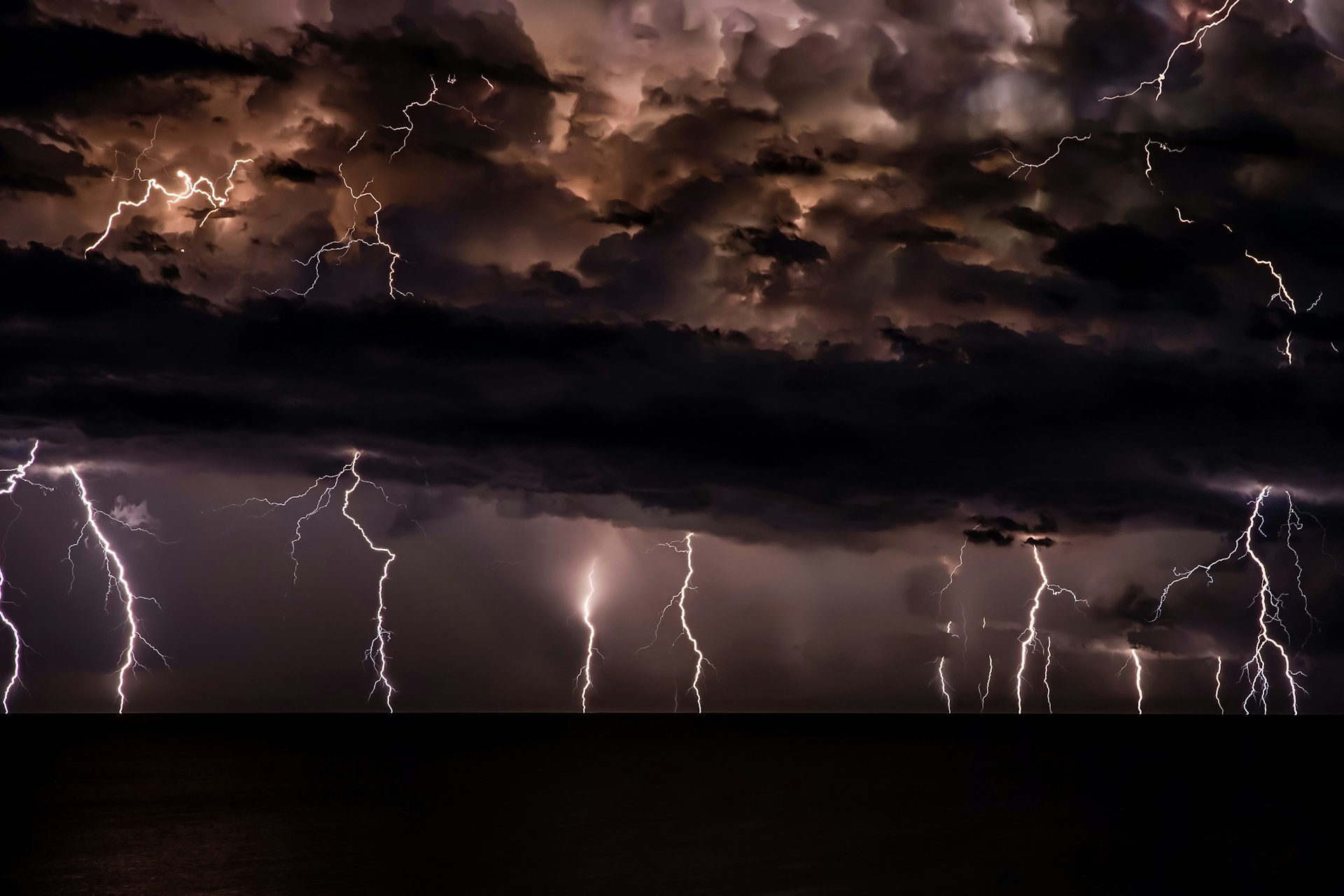A New ‘Bomb Cyclone’ Threatens the U.S. West Coast
The National Weather Service (NWS) has issued a warning about a powerful storm expected to bring heavy rain, snow, and strong winds to Washington, Oregon, and California.
Severe Weather Hits the Northwest
Starting Tuesday, November 19, 2024, the northwestern United States is bracing for a storm that could trigger flooding due to intense rainfall and heavy mountain snow in Washington, Oregon, and northern California. The National Weather Service emphasized on Monday that this would be the first major storm of the season, warning residents to prepare for potentially severe impacts.
The storm is fueled by a low-pressure system off the Pacific Northwest coast, which is forecast to intensify rapidly by Tuesday. This rapid intensification will meet the criteria of a ‘bomb cyclone,’ significantly increasing the storm’s strength and moisture content.
Communities Urged to Prepare
Authorities have cautioned that the storm’s effects could be prolonged, urging communities in vulnerable areas to take necessary precautions. With its potential for widespread disruption, residents are advised to remain alert and follow updates from local officials.
Peak Intensity Expected Wednesday
The storm is predicted to reach its peak intensity on Wednesday, with northern California at particular risk. The NWS has issued warnings for flash floods, power outages, and tree damage in the region. Landslides and rockfalls are also possible, especially in northern California and southwestern Oregon.
By midweek, some areas could face continued impacts from the cyclone, which may linger until the end of the week. Authorities are particularly concerned about unstable slopes in mountainous and coastal regions.
Snowfall and Secondary Storms
In addition to heavy rain, the system is expected to bring substantial snowfall to the mountains, creating hazardous conditions for travel and outdoor activities. Moreover, a second wave of rainfall is forecast to push further south, potentially reaching the Central Coast and parts of southern California.
As the storm develops, meteorologists are closely monitoring its trajectory and strength. Residents across the affected states are urged to stay informed and prioritize safety during this significant weather event.










